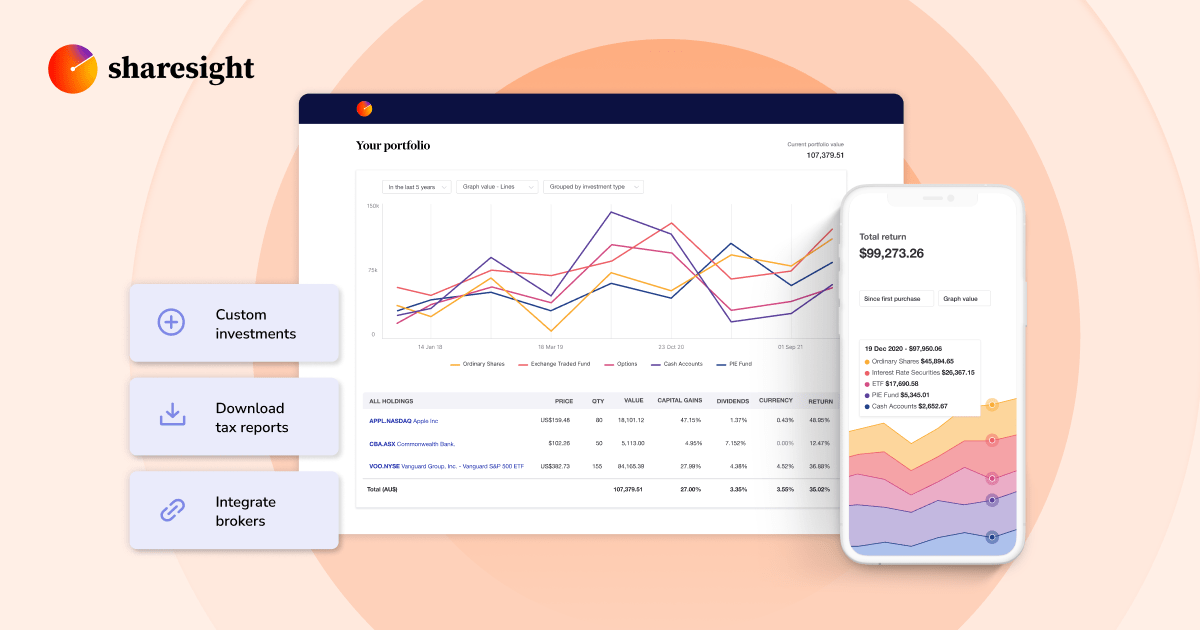‘Promote in Might and go away’ is a well known investing adage that implies inventory costs often carry out poorly between Might and October.
However is there actually any reality to this principle? And what does previous knowledge inform us about common inventory market efficiency between these months?
Carry on studying for all the small print or click on on a hyperlink to move straight to a bit…
What does ‘Promote in Might and go away’ imply?
“Promote in Might and go away” or – because it’s typically referred – “Promote in Might and go away, come again on St. Leger’s Day” is an adage that implies shares usually underperform over the summer season.
St Leger’s Day, for those who had been questioning, is a significant occasion on the UK racing calendar which often takes place round mid-September.
Proponents of the ‘Promote in Might and go away’ principle could also be inclined to dump shares through the month of Might, after which re-purchase them on a budget after the summer season has handed. It’s because believers within the principle will count on inventory costs to fall between Might and October, so promoting shares in Might and re-buying them post-summer ought to earn them a revenue.
It needs to be famous that ‘Promote in Might and go away’ is carefully aligned to the ‘Halloween Impact’, which suggests buyers can buy shares in late Autumn, and maintain on to them all through the winter. Once more, this follows a perception that shares ought to usually rise as soon as the summer season is over.
Why do shares typically fall between Might & October?
There are a selection of the explanation why shares may undergo between Might and October. Arguably the obvious motive is the truth that the summer season is often the time when folks head out to benefit from the heat climate and maybe take a vacation. With this in thoughts it’s not obscure how the summer season months could result in a slowdown within the economic system.
But it’s not simply employees who could determine to take it straightforward when the solar’s out. Between Might and October, there’s usually a fall in buying and selling volumes, presumably as a result of buyers additionally prefer to profit from summer season! Once more, that is one more reason why shares could undergo throughout this time of yr.
Is there any reality to ‘Promote in Might and go away’?
Now you already know the the explanation why many buyers consider shares usually slide over the summer season, let’s try to reply whether or not there’s any reality behind the the idea that shares truly do fall between Might and October.
Whereas we are able to’t analyse the efficiency of each inventory market index on the market, right here at Cash Magpie we’ve taken the time to check common market returns of the FTSE 100, FTSE 250, and the American S&P 500 since these main share indexes had been based.*
As you’ll see within the desk beneath, we’ve in contrast the common market returns of every of those indexes from Might to October, and November to April.
| Index | Common Annual Return | Av. Return (Might-Oct) | Av. Return (Nov-Apr) |
|---|---|---|---|
| FTSE 100 | 6.2% | 1.2% | 8.6% |
| FTSE 250 | 11.4% | 2.7% | 15.5% |
| S&P 500 | 10.5% | 1.5% | 12.6% |
*Notice: The FTSE 100 was based in 1984, the FTSE 250 in 1987, whereas the S&P 500 started in 1950.
The info tells its personal story, however can it’s trusted?
There’s little question that the info within the desk above exhibits that, on common, all three of those share indexes have carried out higher throughout November to April in contrast with Might to October. In consequence, any investor who has religiously adopted the ‘Promote in Might and go away’ adage over the previous few many years is more likely to have come out on prime.
Nevertheless, let’s not get carried away…
Previous efficiency ought to by no means be used as a dependable indicator of future returns. Simply because shares have carried out nicely through the winter months, there aren’t any ensures this development will proceed.
Additionally, the desk above solely appears at common returns – there have been years over the place shares under-performed between November and April. For instance, in 2013 the FTSE 100 noticed a acquire of 9.36% between Might and October, in comparison with a acquire of 5.17% between November and April. Likewise, in 2009 the FTSE 250 noticed a acquire of 28.62% between Might and October, in comparison with a acquire of 14.88% between November and April. The S&P 500, in the meantime, noticed a acquire of 9.53% between Might and October in 2017, in comparison with a acquire of 9.09% between November and April in the identical yr.
All of those examples go in opposition to the teachings of ‘Promote in Might and go Away’ principle. So, whereas, up to now, inventory costs have often carried out sluggishly over the summer season months, this hasn’t been true yearly.
What are some different investing methods?
Even for those who’re a agency believer within the ‘Promote in Might and go away’ principle, it needs to be famous that timing the market is a notoriously troublesome, even for knowledgeable buyers.
So for those who’d quite not promote your entire shares in Might, solely to re-buy them a couple of months down the road (and pay the relevant share dealing charges), it’s possible you’ll want to as an alternative concentrate on a long-term investing technique and settle for that falling shares is simply half and parcel of investing.
The great thing about investing for the long-term is that point is in your aspect, so that you needn’t fear an excessive amount of about short-term market swings.
Consider it in a soccer context: Say your workforce is enjoying its first recreation of the season and finally ends up 1-0 down. Whilst you could also be disenchanted that your workforce has conceded, you most likely received’t be overly frightened in regards to the impression of the purpose in your workforce’s total season. This analogy can apply to investing in the best way that worrying a few potential short-term swing within the inventory market shouldn’t be a motive to dump your portfolio like there’s no tomorrow.
minimise dangers when investing
As we all know, all investing carries danger. Nevertheless, there are methods you possibly can minimise your publicity to danger. Arguably the obvious approach is to diversify your investments by holding a combination of property in your portfolio.
One other strategy to minimise dangers whereas investing – particularly for those who’re frightened about your portfolio affected by an enormous fall – is to think about ‘pound-cost averaging’.
Pound-cost averaging is a technique the place you make investments a set amount of cash at common intervals, no matter whether or not the market is up or down. With pound-cost averaging, you purchase extra shares when costs are low and fewer shares when costs are excessive. Over time, the worth you pay to your investments ought to common out to an honest value.
To be taught extra about methods to take a position, check out our article that explains how to create your investing strategy in 5 simple steps.
And whereas we’re at it… for those who’re eager to be taught extra about investing why not join our fortnightly MoneyMagpie Investing Newsletter? It’s free and you may unsubscribe at any time.
Disclaimer: MoneyMagpie shouldn’t be a licensed monetary advisor and due to this fact info discovered right here together with opinions, commentary, solutions or methods are for informational, leisure or instructional functions solely. This shouldn’t be thought-about as monetary recommendation. Anybody considering of investing ought to conduct their very own due diligence. In the case of any kind of investing, be conscious that your capital is in danger.













![[Bombshell News] Consultants say we’re DANGEROUSLY near a recession 🚨 [Bombshell News] Consultants say we’re DANGEROUSLY near a recession 🚨](https://i.ytimg.com/vi/DvnKvkjdsMc/maxresdefault.jpg)

